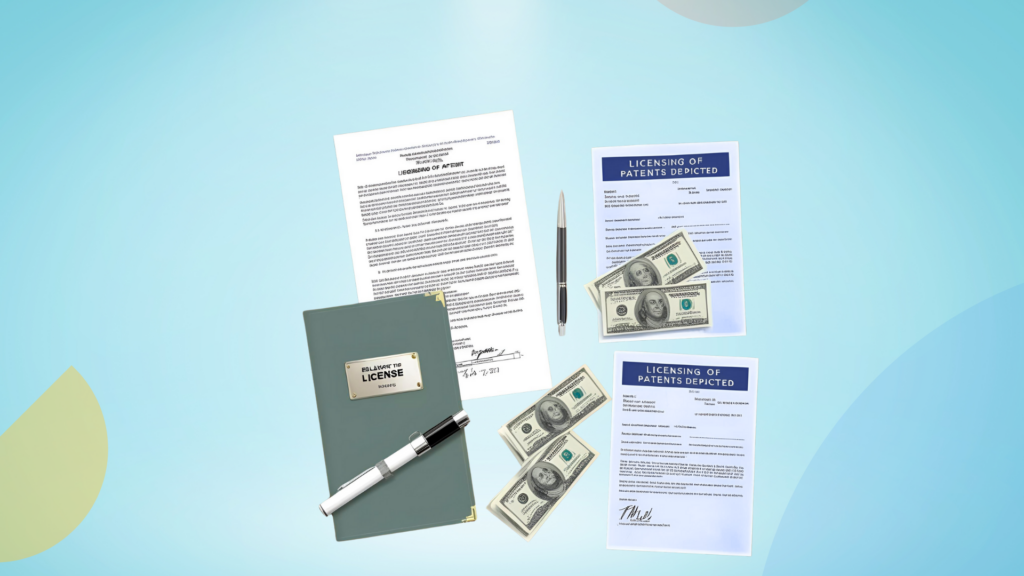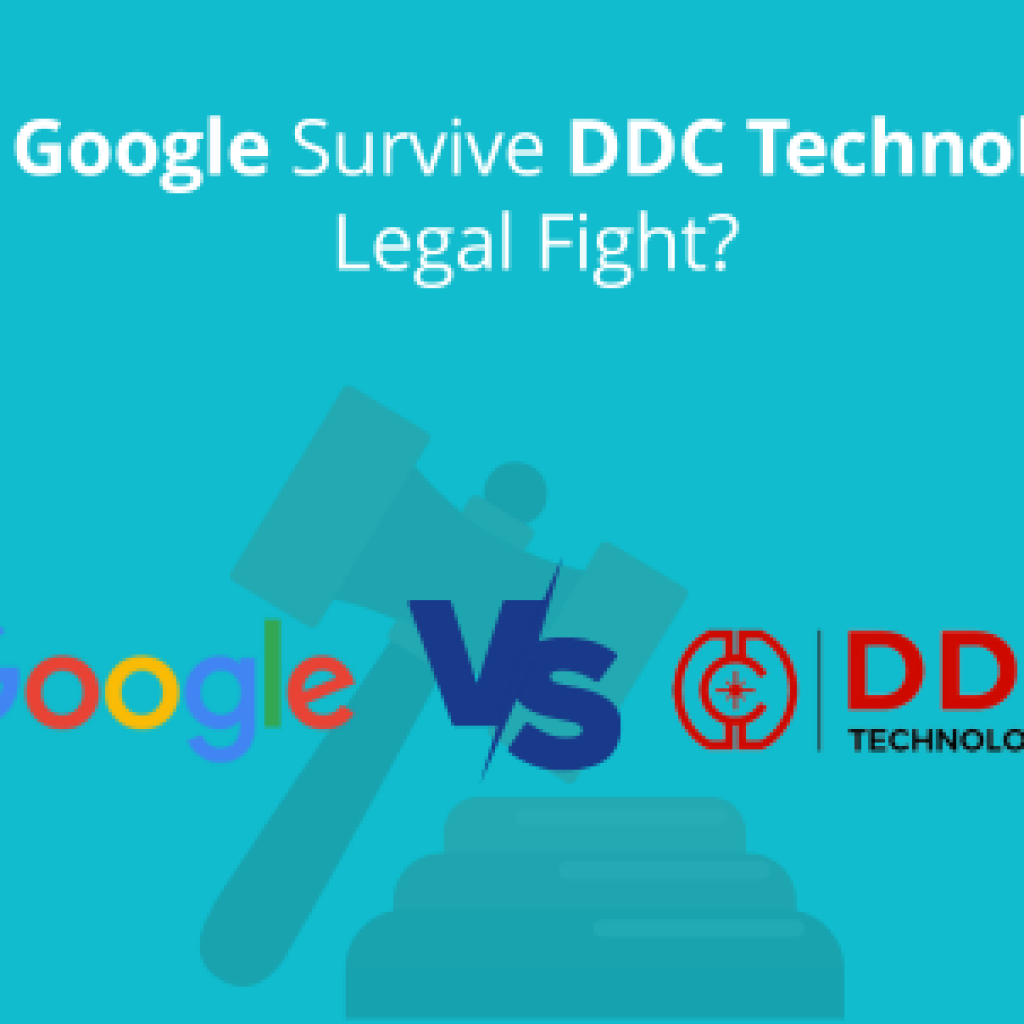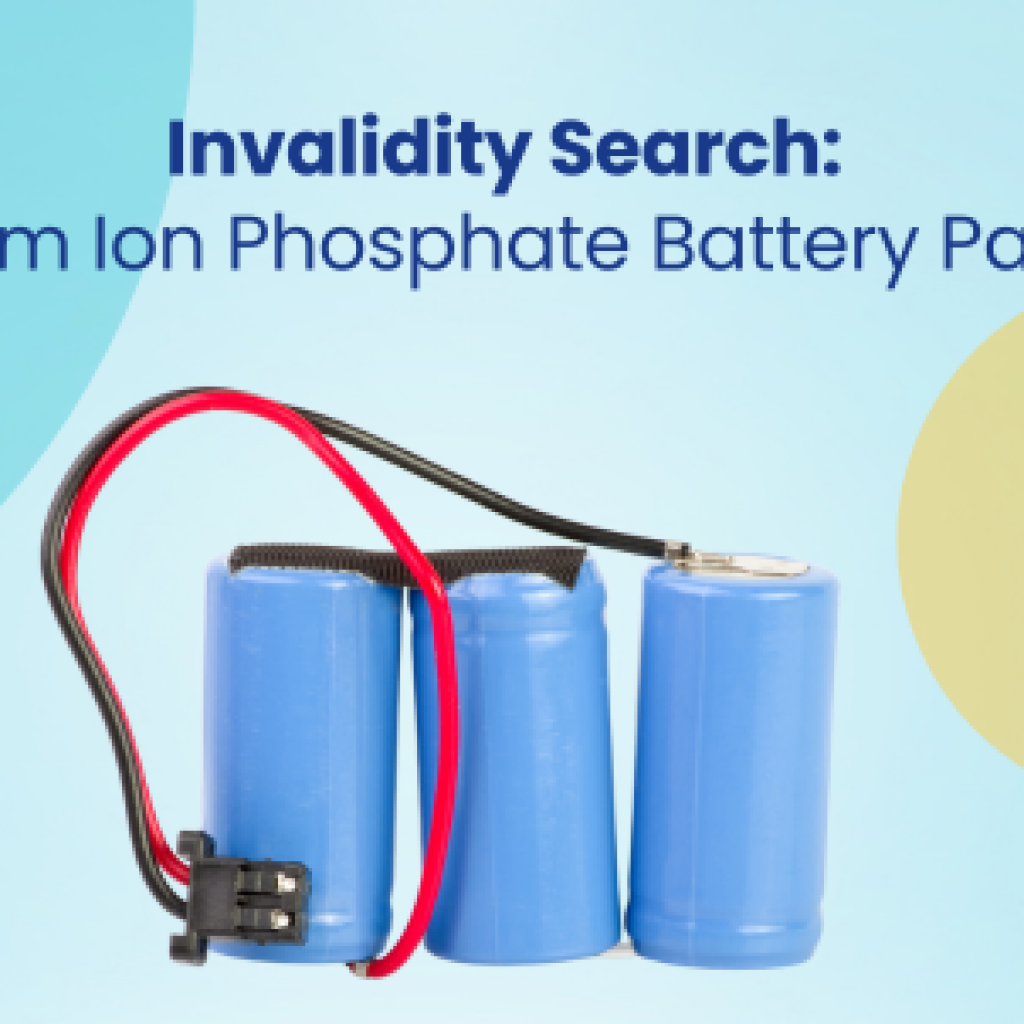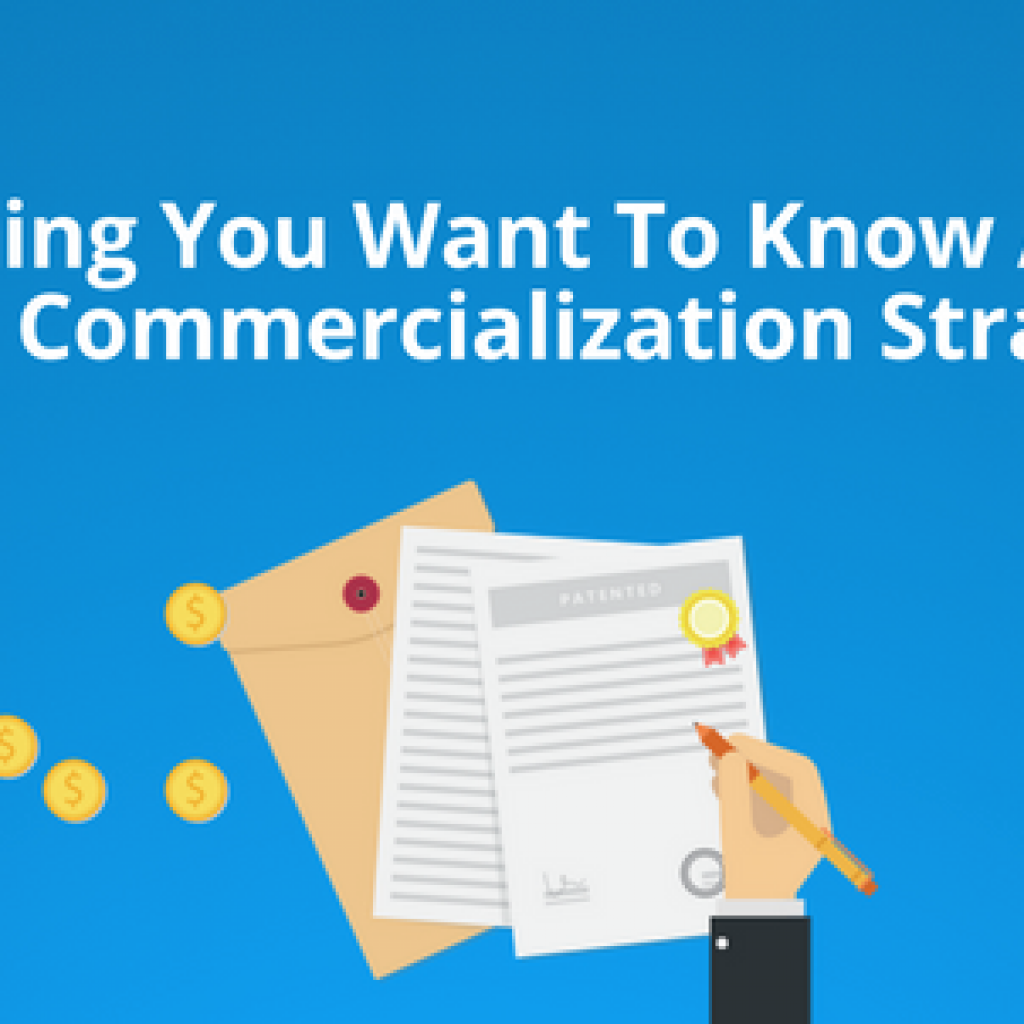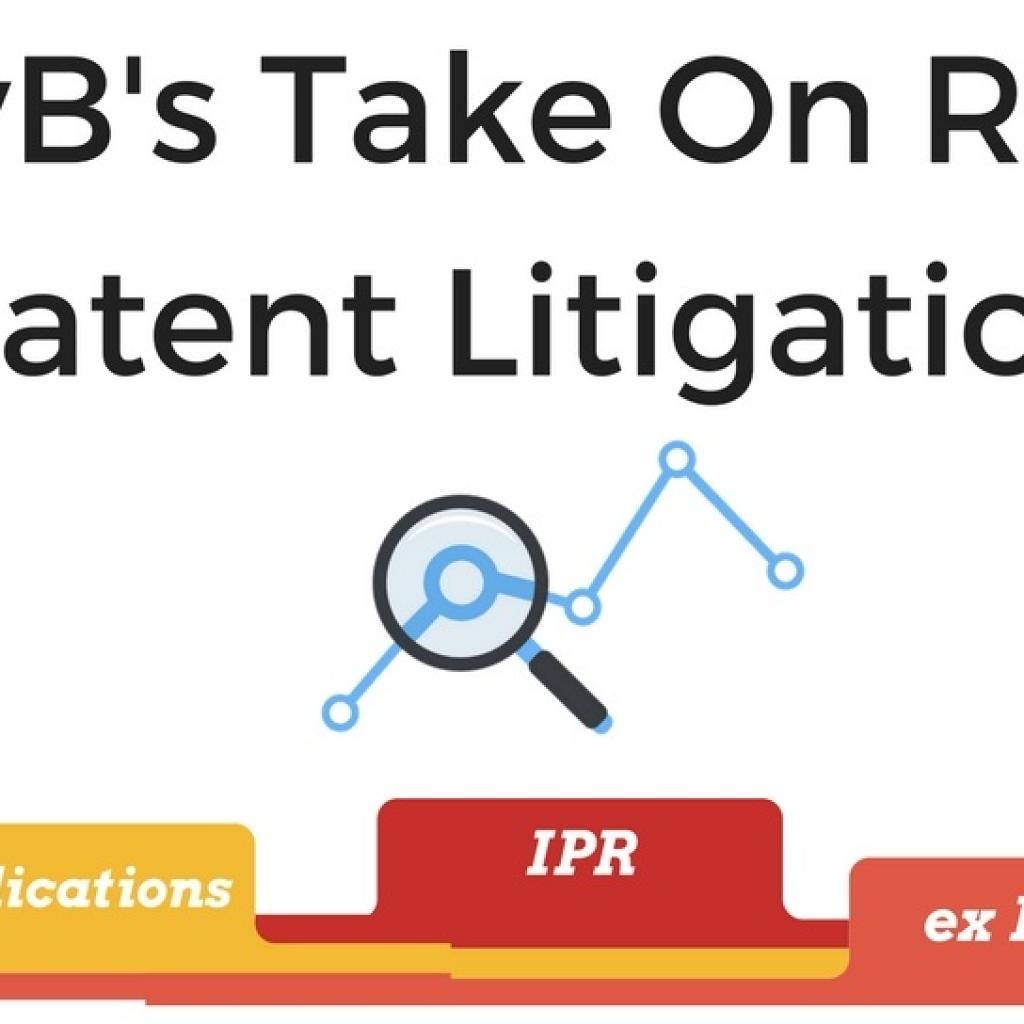If you want to understand prior art searches, you’ve landed on the right page. By the time you finish reading this guide, you’ll likely have built a solid understanding of what can be included in the prior art and how to use this knowledge to conduct a patent search and avoid spending valuable resources on non-patentable subject matter.
If You need a search partner who not only understands your technology, industry, and needs but stand beside you on each step of the project and make sure you get the results crucial for your win, then you are finally at the right place.
Combining the experience and expertise of our research scientists, and AI-powered tools, we provide Patent Services that could help You Win.
Want to know more about us? Click here – Patent Search Services
For your reference, the questions we’d be discussing in this guide are listed below. If you’d like to jump to a question, click on the hyperlink in the table of contents to get to the corresponding section. However, for a newbie, it is advisable to go through the complete guide in the same sequential way it has been written.
What Is Prior Art?
Prior Art is a reference in some form (textual, visual, audio, etc.) that proves that the invention you hold is not unique. It is evidence that your invention is already well-known.
It is not important that the prior art is present physically or is commercially available. It is enough that someone, somewhere, and at some time previously described, showed, or made something that uses a technology similar to your invention.
Now, prior art could be found in many forms—be it a patent or some form of printed publication, including, but not limited to, research papers, trade journals, a college thesis, an advertisement, books, videos—anything that is available in the public domain and is public knowledge.
There’s just one catch – A prior art could only invalidate a patent if it has been available to the public before the effective filing date of the patent. For example, a textbook that gives the idea of an invention can be considered prior art, but a textbook with a revised version of the idea of an invention after the effective filing date of a patent application cannot be considered prior art.
It is not vital in which language the prior art is described or how many publications are available. The main interest is that the information can be accessed by the public. Thus, a small newsletter by a local company will have the same validity as that of a leading newspaper in a country, provided it is properly time-stamped.
However, figuring prior art for your invention is not as complex as you think it might be. While you could always contact a lawyer or patent attorney to conduct a prior art search on your behalf – saving your efforts and resources in filing fees – it is also possible to conduct a prior art search all by yourself.
How?
Well, it is not that simple, but if you could differentiate your invention from a similar one, it isn’t a hard nut to crack. In later sections, we will walk you through the steps to perform a prior art search yourself, but first, let’s look at the different kinds of prior art searches, when they are required, and the associated costs.
How does Prior art impact your patents?
Before we proceed further and answer these questions, let’s go through a bit of prologue, aka a brief overview of how prior art impacts your patent.
Getting a patent for your invention requires a filing process. When you submit your patent application to the PTO, the examiner conducts a prior art search to figure if there exists any art before the filing date of the patent application that could deem your idea invalid.
If such art exists, your patent application will be rejected, and you might have to amend the claims of your invention so that they do not overlap with prior art. You will get a patent grant if your patent application surpasses this phase.
The same applies when the validity of your granted patent is challenged or in PTO via any of these mediums – IPR, PGR, or CBM. In any of these scenarios, if prior art is found, it could reduce the scope of your patent or deem your granted patent invalid.
Now that we know how prior art could impact the grant process of your application and the validity of your granted patent, let’s have a deeper look at it.
What Is Prior Art Search?
A Prior art search is a dedicated search to determine whether there exists any evidence that could deem a patent/application invalid. Based on the purpose of the search, prior art searches include three types: Novelty Searches, Invalidity Searches, and FTO Searches.
What Are The Different Types Of Prior Art Search?
Novelty Search (Before Filing A Patent)
A novelty search or patentability search is conducted before filing a patent application in the PTO to determine if the invention is novel before the inventor commits the resources necessary to obtain a patent.
Conducting this search before filing a patent application can help ensure the application won’t be rejected. If, during the search, something does qualify as prior art, you can save money by not opting for the already existing idea to be patented, or you can enhance the features of your invention to render it a unique idea.
This search may include searching databases of patents, patent applications, and other documents such as utility models and the scientific literature. Novelty searches can also help an inventor determine what is unique about his/her invention. If no prior art overlaps your idea, it can be potentially patentable.
Thomas Edison, for example, did not get a patent on the basic concept of the light bulb. It was already patented and, therefore, in the prior art. Instead, Edison got a patent for his improvements to the light bulb. These improvements included a very thin filament and a reliable technique for joining the white-hot filament to the room-temperature lead wires.
A novelty search is also conducted by patent examiners during the prosecution of a patent. However, if you feel your idea/invention is vital and should be granted a patent, it always makes sense to get a novelty search conducted by an expert beforehand to ensure that your invention meets the patentability criteria. Further, this approach makes sense since you can save a lot of resources – both in terms of time and money, spent on drafting, filing, and prosecution fees.
Validity/Invalidity Search (After Issuance Of A Patent)
Patent validity or invalidity search is a comprehensive prior art search – conducted after the issuance of a patent – either to authenticate the enforceability of a patent’s claims or to cancel one or more claims of a patent, correspondingly. These two searches are alike except for the needed outcome of the search (valid or invalid patent claims).
Related Read: Everything we could tell you about Patent Invalidity search.
Clearance Search Or Freedom-To-Operate Search (Before Launching A Product)
It is important to assess and understand the business risks involved when launching a new product. This is particularly vital as there are chances that your product may infringe on another’s patent rights. A freedom to practice opinion is a legal judgment that analyses your product against an appropriate selection of patents to determine the risk associated with bringing the product to market. This search can help you avoid potential infringement while launching your product.
Related Read: Ignoring Freedom to Operate searches could be fatal for your organization. Find out how?
Now that we had a look at the different types of patent searches and their purpose, it is important to figure why you need a prior art search. If you have reasons to believe that you do not need a prior art search, the pointers below could change your mind. If you’re on the same side of the wagon, feel free to skip this section and jump to the next.
Why Do You Need A Prior Art Search?
Getting a patent can be costly as you have to pay hefty fees (constituting a filing fee, an examination fee, and attorney fees). While official fees are often discounted for individual inventors and small enterprises in most jurisdictions, the overall cost of protecting the invention can be quite high, mainly if the inventor wishes to safeguard his or her invention in several jurisdictions.
How much would drafting, filing, and maintaining a patent cost you in various jurisdictions worldwide? We have answered this question in another post which can be read by clicking here – Cost of Filing, Obtaining and Maintaining a patent in Major Jurisdictions across the world
So, it is generally recommended that you carry out a prior art search yourself or hire a professional before the commencement of the patenting process. Based on the prior art search findings, the novel (unique) and inventive features of the invention can be figured out, and a decision can be made whether to file for a patent and in which jurisdictions it should be filed.
The benefits of conducting a prior art search can be summarized in two points:
- It can save resources in filings and prosecution proceedings if the invention is not exclusive, allowing R&D centers to use their IP budgets sensibly.
- The prior art search helps to find the closest prior arts and thus can describe the scope of protection in patent claims. Even prosecution time can be reduced due to the need for fewer office actions and claim amendments.
A prior art search is like a due diligence exercise that can alter the risk of the patent application being rejected.
Now that we had a look at some of the reasons why you should get a prior art search conducted before filing a patent, the next question that might occur to some of you is how much it would cost if you seek professional assistance.
Well, you’re about to get answers.
How Much Does A Prior Art Search Cost?
Professional Search Fees
For patent searches, the fee differs as professionals use different methods that may vary their charge fees. Some opt for a flat rate, while others charge an hourly fee. The hourly fee is mostly applicable in cases where you want the researcher to sort through the information and give you an opinion on the patentability of your invention. Ultimately, the fee being charged comes down to the method being used by the person who would perform the search.
If your invention is fairly simple, the searcher might charge you around $100 for the search. This is in the case if you hire a service that doesn’t offer an in-depth opinion or analysis. For more complex inventions you might end up paying $2,000 or more as it requires a deep analysis of the domain under study.
Below listed are some ballpark estimates if you choose to hire an attorney.
- $1,000 to $1,250 for simple inventions
- $1,250 to $1,500 for slightly complex inventions
- $1,500 to $2,000 for moderately or relatively complex inventions
- $2,000 to $3,000 for highly complex inventions or software
Some businesses – that file a lot of patents – need to opt for patent search quite several times. In those cases, it makes sense to subscribe to advanced patent research tools and services instead of paying a separate fee for each search.
Government Search Fees
After the submission of your application, the patent examiner assigned to your case will perform a search related to your patent. In the US, the search fee for a small entity is $300, while for larger businesses, the fee is $600.
When Can Evidence Be Considered as Prior Art?
Prior art is defined by Title 35, United States Code, Section 102, which states: A person is not entitled to a patent if the invention was “known or used by others in this country, or was patented or described in a printed publication in this or a foreign country” before the date of invention by the applicant for the patent.
After the introduction of the America Invents Act (AIA) and the shift from first to invent to the first inventor to file, there are considerable changes in patent law. While the virtual definition remains the same, there are quite a few changes that are introduced after the passage of AIA, which is summarized as follows:
- If the invention in question was described in a patent issued anywhere in the world more than 12 months before a US application being filed, then no patent can be obtained.
- If the invention in question was described in a printed publication published anywhere in the world more than 12 months before a US application being filed, then no patent can be obtained.
- If the invention in question was publicly used in the US more than 12 months before a US application was filed, then no patent can be obtained.
- If the device, machine, or compound in question was offered for sale in the US more than 12 months before a US application was filed, no patent can be obtained.
How To Do Prior Art Search Yourself?
By now, you must have a solid understanding of what can be considered prior art, what does and does not qualify as evidence in court post-AIA, some solid reasons why you should absolutely get a prior art search conducted, and how much it would cost you—based on the complexity of your invention—if you choose to go with a professional to conduct the search.
Now, many people would like to conduct a prior art search by themselves to save some money. Though less recommended, going the DIY way has its own set of pros, including getting a grasp of inventions out there that would help you develop a better business plan and could even help you refine your invention to cover any additions/modifications. However, it’s not as easy as it sounds.
Searching for prior art requires searching different databases to find whether someone else has already described an idea similar to yours. A search strategy must be formulated for a prior art search at the beginning using either a keyword, name, classification, citation search, or a combination thereof.
In the keyword search, all of the invention’s main features are recognized, and then keywords and their related synonyms are determined from the key features of the creation to formulate search strings to run on patent and non-patent databases.
In addition, patent classes, applicants, and inventors similar to those in the invention field must be recognized and used in the search strings to further the search strategy. All search results must be manually analyzed to choose the most relevant prior arts.
There could be thousands of search results based on your search string, and it is difficult to read through each of them. What could one do in that case?
There’s an easy way to do it—you can screen the results at multiple levels. In the first level of screening, only the title and abstract of the search results can be read. After shortlisting the relevant-sounding ones, the second level of screening can be done to determine which are most relevant to your invention. Once most of the relevant prior arts have been shortlisted, their citations can be verified to find out more results around the shortlisted ones.
For the sake of simplicity, let us condense all the above knowledge into few pointers for your later perusal along with some database suggestions.
- Brainstorm the keywords that describe your invention
To conduct a thorough search, you’ll need to take into account all possible keyword combinations that could exist in the prior art.
- Conduct a thorough search of various databases
After assembling a list of search strings based on keywords/inventors/assignee/citation data, the next step is to input these strings into some of the most common databases.
Below listed are a few patent databases where you could conduct a search:
- Google Patents
- USPTO search interface
- Espacenet (European Patent Office) search interface
- WIPO search interface
- Patent Lens
Got the overview? Now, the important part is using these databases effectively.
We won’t go into detail on how to conduct searches on each of these databases, as we have already covered this in another post. If you want to figure out how to perform a patent search using all the above mediums and don’t want to leave the page, you can download the PDF covering the material below for later perusal.
- Go beyond Patent Databases
Prior art is not just confined to existing patents or patent applications. All publicly available and publicly disclosed ideas can be counted as prior art. Thus, a comprehensive prior art search should extend beyond patent searching. You should also include the following sources in the domain of your invention for a complete search:
- Google Scholar search for scholarly publications
- Non-patent literature like articles, publications, or journals (printed or electronic)
- Amazon or other e-commerce sites for product search
- Save the related documents
When you file your patent application, you want to state the relevant prior art. You will have a stronger patent if the examiner has all the relevant references. Additionally, this will satisfy your ethical duties of disclosure, candor, and good faith to report prior art to the PTO. So, make sure you save a list of all relevant results.
- Know when to stop searching
Your goal is not to examine all the prior art. Rather, it’s to examine enough prior art to understand where your invention stands in the industry. Once you have performed a satisfactory search, you could call it off and go for the filing process.
Related Read: 5 Ways to do an Advanced Prior Art Search
Why You Should Consider Getting The Search Conducted By A Research Firm/Attorney?
Going the DIY way sounds amazing, but it has its own set of cons. It can never be said confidently that no prior art went unsearched, as the search needs skills, training, and practice. Any prior art, if missed, could lead to the rejection of the patent application or termination of the granted patent at a later stage.
Hence, it becomes paramount that the task is assigned to professionals who know their way in the business – aka conducting a comprehensive search. It is also extremely important to choose the right firm to do the job, whose mission is to help you with your end goal and not just take up a search as a vending machine approach. In other words, you should be looking for a service partner and not a vendor to carry out your search to get the best results.
To find the best vendor for the job, research a bit and read some of the reviews/testimonials posted by others who have perused a particular attorney’s service. In short, do your homework before settling with an attorney for the search. The chances of getting a patent grant for your application and retaining the validity of your granted patent depend a lot upon the attorney you choose to search on your behalf, so choose wisely.
Here are some of our helpful guides that can help you out here:
- How To Select A Better Search Partner?
- What You Should Look For When Deciding A Patent Search Partner?
Conclusion
In this not-so-short guide, we explored various questions someone would have related to the prior art. Though limited, the questions covered the fundamentals of the prior art and prior art search. Given the limited scope of the article, we scratched the surface of some topics—one of them is how to conduct a free prior art search by yourself.
However, if you’d like to take a deep dive and want to understand how to perform a patent search by yourself using various databases, this guide on free patent searching would be of great help. If the former isn’t a subject of your interest, and you are looking to understand the sources that could serve as prior art and various unconventional strategies and tactics to spot prior art (for novelty or invalidation search), you’d want to bookmark this page.
To efficient searches!



